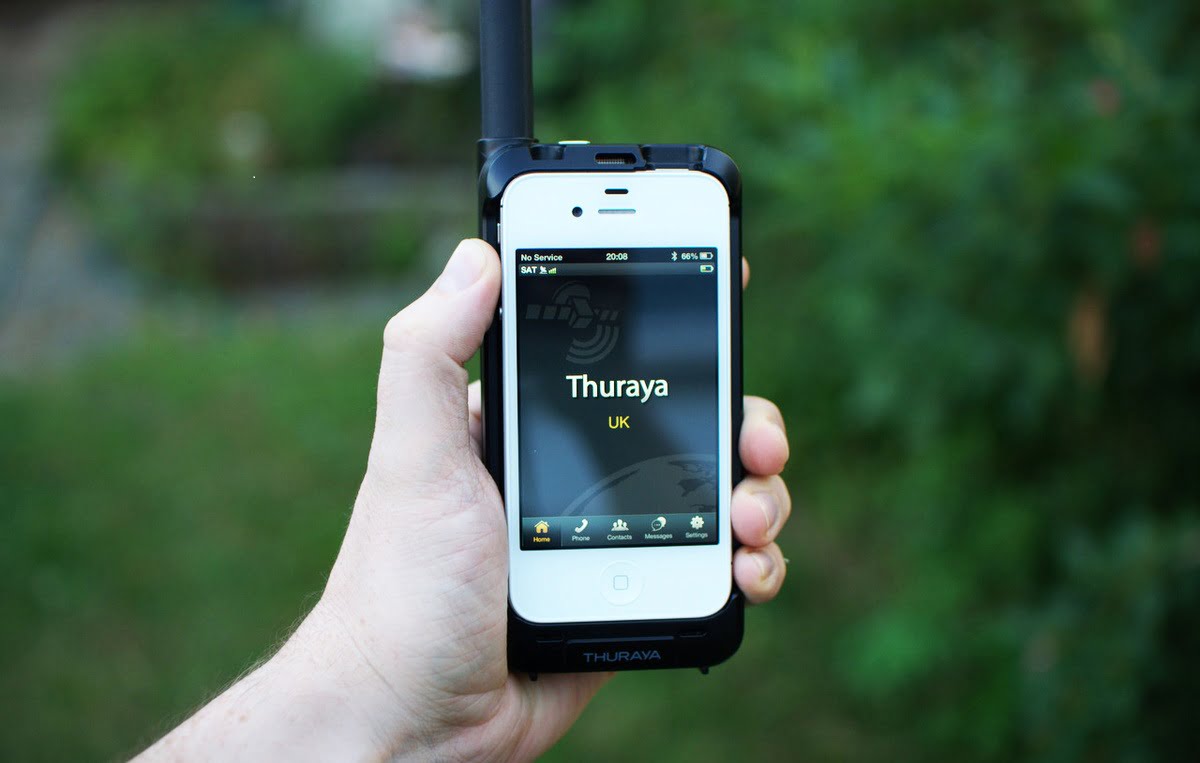

With the “Latest Events” feature, you can explore geo-located satellite images of recent Earth events, including algal blooms, super storms and wildfires.

Get a sneak peek at upcoming missions and learn how NASA is planning to study our Earth in the future. “Eyes on the Earth” displays the location of all of NASA's operating Earth-observing missions in real time and lets you compare them in size to a scientist or a school bus. Check out the hottest and coldest locations on Earth with the global surface temperature map.
Spot volcanic eruptions and forest fires using the carbon monoxide vital sign. Trace the movement of water around the globe using the gravity map from NASA's GRACE satellites.

Combining the buoy-based data with the wide coverage of satellites, scientists will better understand how broad ocean changes affect the Gulf from top to bottom.Monitor our planet's vital signs, such as sea level height, atmospheric carbon dioxide concentration and Antarctic ozone. These departments already have been designated as a NASA Center of Excellence in Remote Sensing.īy providing highly detailed views of the ocean, the new satellite information will also benefit scientists working on the new Gulf of Maine Ocean Observing System (GoMOOS), an ocean monitoring system of moored buoys, satellite data and numerical forecasting models in the Gulf of Maine. Institutions already lining up to take advantage of UMaine’s data receiving capabilities include the University of Massachusetts, Dartmouth Bigelow Laboratory for Ocean Sciences in West Boothbay Harbor and the Maine Department of Marine Resources.Īt UMaine, more than 70 scientists in departments from forestry and marine sciences to electrical engineering and spatial information sciences and engineering have expressed interest in the new data for their research. The closest existing system for receiving the information is at Rutgers University in New Jersey. Not only that, we’ll be dealing with important problems in real-time, not waiting for delivery of data.” Directly receiving these data will allow us to address environmental issues closer to our coasts, in more detail, and with new approaches. These satellites will become the standard over the next 5 to 10 years. “This new larger, dish moves us into the next generation of very recent Earth Observation satellites which deliver higher spatial and spectral resolution, and a correspondingly larger data volume. “We have an established track record as Earth science satellite data providers here at UMaine with our existing satellite tracking dish,” says Thomas. According to Andrew Thomas, professor in the School of Marine Sciences and principal investigator for the project, the dish will enable UMaine to receive data from the latest generation of Earth observation satellites operated by NASA as well as those of other international space agencies. The grant will pay for the purchase and installation of a new 2.4 meter (about 8 ft) diameter satellite tracking dish on the roof of Aubert Hall on the UMaine campus. With a $330,000 equipment grant from the National Science Foundation, the University of Maine will become New England’s window on the planet as seen through the eyes of new satellites. Details about the planet’s changing face are the raw material for monitoring the environment and anticipating the future consequences of human activity. ORONO, Maine - For scientists, the view of Earth from space has never been better or more critical. Due to safety concerns, only construction personnel will be allowed on the roof. Coverage will be conducted from the ground or from the upper floors of nearby buildings. Note: News media representatives are welcome to cover the installation of the news satellite dish and its protective dome cover on Aubert Hall at 9 a.m.


 0 kommentar(er)
0 kommentar(er)
